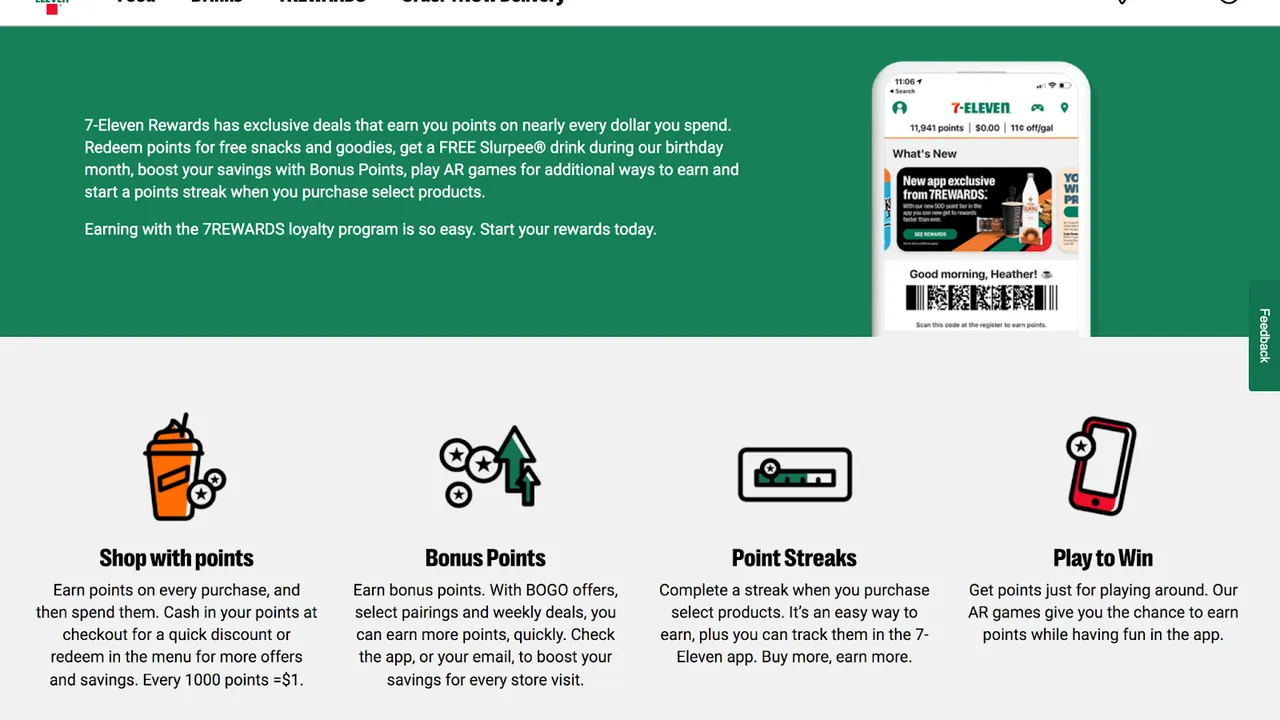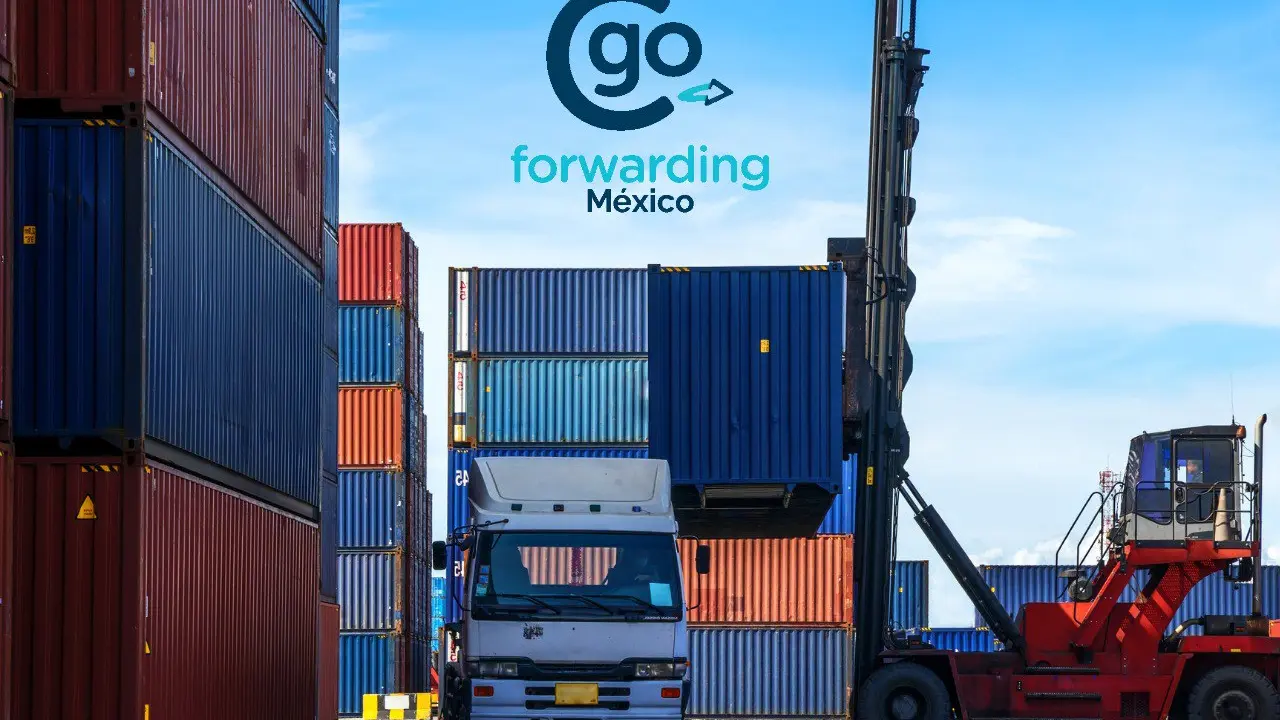Cryptocurrency Payments in SEA & Mexico: Should Your Online Shop Accept Them?
Sample meta description.

Understanding the Cryptocurrency Landscape in Southeast Asia SEA and Mexico
Alright, let's dive into the wild world of cryptocurrency in Southeast Asia (SEA) and Mexico. You're running an online shop, and you're wondering if accepting Bitcoin, Ethereum, or Dogecoin is a smart move. Well, it's not a simple yes or no answer. It depends on a bunch of factors. Think about it: SEA is a melting pot of cultures and economies, from the bustling metropolises of Singapore and Bangkok to the developing nations of Vietnam and the Philippines. Mexico, on the other hand, has its own unique economic and regulatory environment. The adoption rates, regulations, and general attitudes toward crypto vary wildly from country to country.
In some SEA countries, like Singapore, crypto is relatively well-regulated and even encouraged by the government. Other countries are more cautious, with varying levels of acceptance and regulation. Mexico is experiencing a surge in crypto adoption, driven by factors like remittances and a desire for financial independence. But it's still early days, and the regulatory landscape is evolving.
So, before you jump on the crypto bandwagon, you need to do your homework. Research the specific regulations in the countries you're targeting, understand the local market sentiment, and assess the potential risks and benefits.
Benefits of Accepting Cryptocurrency Payments for Online Shops in SEA & Mexico: Expanding Your Customer Base & Reducing Transaction Fees
Okay, so why should you even consider accepting crypto? Let's talk about the potential upsides. First and foremost, you can tap into a whole new customer base. There's a growing community of crypto enthusiasts in SEA and Mexico who are actively looking for businesses that accept their digital currencies. By offering crypto as a payment option, you're essentially opening your doors to these potential customers.
Another big advantage is lower transaction fees. Traditional payment processors like credit card companies charge hefty fees for each transaction, which can eat into your profit margins. Crypto transactions, on the other hand, often have significantly lower fees, especially for international payments. This can save you a substantial amount of money in the long run.
Think about cross-border payments. Sending money from the US to Mexico, for example, can be expensive and time-consuming. Crypto transactions are typically faster and cheaper, making them an attractive option for international customers.
Finally, accepting crypto can enhance your brand image. It shows that you're innovative, forward-thinking, and willing to embrace new technologies. This can attract a tech-savvy audience and differentiate you from your competitors.
Challenges of Accepting Cryptocurrency Payments: Volatility, Regulatory Uncertainty & Customer Education in SEA & Mexico
Now, let's be real. It's not all sunshine and rainbows. There are some significant challenges to consider before you start accepting crypto. One of the biggest concerns is price volatility. The value of cryptocurrencies can fluctuate wildly in a short period of time. Imagine accepting Bitcoin for a product and then seeing its value plummet by 20% the next day. That could seriously impact your bottom line.
Another challenge is regulatory uncertainty. As mentioned earlier, the regulatory landscape for crypto is still evolving in many SEA countries and Mexico. This can create confusion and uncertainty for businesses. You need to stay up-to-date on the latest regulations and ensure that you're compliant with all applicable laws.
Customer education is also crucial. Many people are still unfamiliar with cryptocurrencies and how they work. You'll need to educate your customers about how to use crypto to make purchases on your website. This might involve creating tutorials, FAQs, or even offering customer support in multiple languages.
Security is another important consideration. You need to protect your crypto wallets from hackers and other security threats. This requires implementing robust security measures, such as two-factor authentication and cold storage.
Choosing the Right Cryptocurrency Payment Gateway: A Comparison of Options for Online Shops in SEA & Mexico
So, you've decided to take the plunge and accept crypto. Now you need to choose a cryptocurrency payment gateway. There are many options available, each with its own pros and cons. Here are a few popular choices to consider:
Coinbase Commerce: A User-Friendly Option for Beginners
Coinbase Commerce is a popular choice for beginners because it's easy to set up and use. It supports a wide range of cryptocurrencies, including Bitcoin, Ethereum, Litecoin, and USD Coin. It offers a simple and intuitive interface, making it easy to manage your crypto transactions.
Pros: User-friendly, supports multiple cryptocurrencies, integrates with popular e-commerce platforms like Shopify and WooCommerce.
Cons: Charges transaction fees, requires KYC (Know Your Customer) verification.
Use Case: Ideal for small to medium-sized online shops that are new to crypto and want a simple and straightforward payment solution.
Pricing: Coinbase Commerce charges a 1% transaction fee.
BitPay: A Robust Solution for Larger Businesses
BitPay is a more robust solution that's designed for larger businesses. It offers advanced features like invoicing, settlement in local currency, and fraud protection. It also supports a wide range of cryptocurrencies.
Pros: Advanced features, settlement in local currency, fraud protection, supports multiple cryptocurrencies.
Cons: More complex to set up and use, higher transaction fees than Coinbase Commerce.
Use Case: Suitable for larger online shops that need advanced features and want to settle their crypto payments in local currency.
Pricing: BitPay charges a 1% transaction fee for its standard plan.
NOWPayments: A Versatile and Customizable Gateway
NOWPayments is a versatile cryptocurrency payment gateway that offers a wide range of customization options. It supports over 100 cryptocurrencies and offers various integration options, including APIs, plugins, and hosted payment pages.
Pros: Supports a vast number of cryptocurrencies, highly customizable, offers various integration options, competitive transaction fees.
Cons: Requires some technical knowledge to set up and customize.
Use Case: A good choice for online shops that want a highly customizable payment gateway and need to support a wide range of cryptocurrencies.
Pricing: NOWPayments charges a transaction fee of 0.5%.
CoinGate: Focus on European and International Markets
CoinGate is another popular option, particularly focused on European and international markets. They support a wide array of cryptocurrencies and offer features like payouts in EUR, USD, and other fiat currencies. They also provide plugins for popular e-commerce platforms.
Pros: Supports many cryptocurrencies, offers payouts in fiat currencies, plugins for e-commerce platforms, strong European presence.
Cons: Transaction fees can vary depending on the chosen cryptocurrency and payout method.
Use Case: Ideal for online shops targeting European customers or those looking to receive payouts in fiat currencies.
Pricing: CoinGate's transaction fees typically range from 1% to 3%, depending on the chosen cryptocurrency and payout method.
Implementing Cryptocurrency Payments: A Step-by-Step Guide for Online Shops
Okay, you've chosen your payment gateway. Now it's time to implement it on your website. Here's a step-by-step guide:
- Sign up for an account with your chosen payment gateway.
- Complete the KYC (Know Your Customer) verification process, if required.
- Integrate the payment gateway with your e-commerce platform. Most payment gateways offer plugins or APIs that make this process relatively easy.
- Configure your payment settings. This includes setting your preferred cryptocurrencies, transaction fees, and payout options.
- Test your integration. Make sure that you can successfully process crypto payments on your website.
- Promote your new payment option. Let your customers know that you now accept crypto payments.
Marketing Your Cryptocurrency Payment Option: Reaching Crypto Users in SEA & Mexico
You've implemented crypto payments. Great! Now, how do you let the world know? You need to actively market your new payment option to attract crypto users in SEA and Mexico.
Start by adding a clear and prominent "Accepts Cryptocurrency" badge to your website. This will immediately signal to crypto users that you're open for business.
Next, create content that educates your customers about cryptocurrency and how to use it to make purchases on your website. This could include blog posts, tutorials, and FAQs.
Consider running targeted advertising campaigns on social media platforms like Facebook, Instagram, and Twitter. Target your ads to crypto enthusiasts in SEA and Mexico.
Partner with crypto influencers and bloggers in the region to promote your business. They can help you reach a wider audience and build trust with potential customers.
Participate in crypto conferences and events in SEA and Mexico. This is a great way to network with other businesses and learn about the latest trends in the crypto space.
Navigating the Regulatory Landscape: Staying Compliant with Cryptocurrency Regulations in SEA & Mexico
As we've discussed, the regulatory landscape for crypto is constantly evolving. It's crucial to stay up-to-date on the latest regulations in the countries you're targeting and ensure that you're compliant with all applicable laws.
Here are some tips for navigating the regulatory landscape:
- Consult with a legal professional who specializes in cryptocurrency regulations.
- Stay informed about the latest regulatory developments in SEA and Mexico.
- Implement robust KYC and AML (Anti-Money Laundering) procedures.
- Be transparent about your business practices.
- Cooperate with regulatory authorities.
The key is to be proactive and take a responsible approach to compliance. This will help you avoid potential legal issues and build trust with your customers and regulators.
Real-World Examples: Online Shops Successfully Accepting Cryptocurrency in SEA & Mexico
Let's look at some real-world examples of online shops that are successfully accepting cryptocurrency in SEA and Mexico. While specific brand names might be hard to pinpoint without extensive research that falls outside the scope of this response, consider these hypothetical, but realistic, scenarios:
* A Southeast Asian e-commerce platform specializing in artisanal crafts: This platform allows customers to pay with Bitcoin, Ethereum, and stablecoins. They highlight the lower transaction fees and faster international payments as key benefits for their customers. * A Mexican online retailer selling electronics: This retailer accepts Bitcoin and Litecoin. They've seen an increase in sales from customers in the United States and Canada who prefer to pay with crypto. * A Singaporean online shop offering digital services: This shop primarily accepts Ethereum and uses smart contracts to automate payments and ensure transparency.These examples demonstrate that accepting cryptocurrency can be a viable strategy for online shops in SEA and Mexico. By understanding the benefits, challenges, and regulatory landscape, you can make an informed decision about whether or not it's right for your business. Good luck!
:max_bytes(150000):strip_icc()/277019-baked-pork-chops-with-cream-of-mushroom-soup-DDMFS-beauty-4x3-BG-7505-5762b731cf30447d9cbbbbbf387beafa.jpg)






